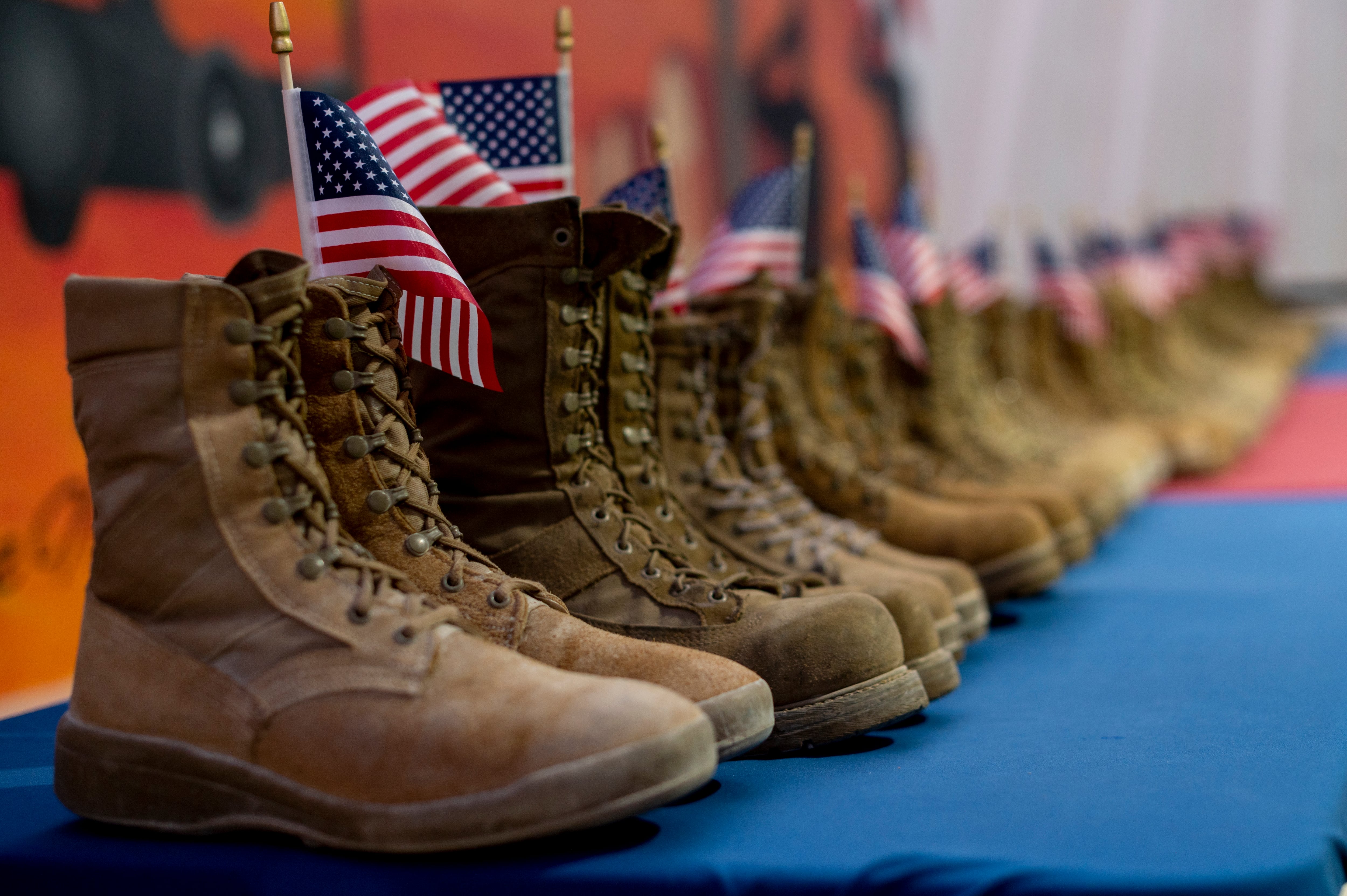If you or a loved one is experiencing thoughts of self-harm or suicide, you can confidentially seek assistance via the Military/Veterans Crisis Line at 800-273-8255, via text at 838255 or chat at http://VeteransCrisisLine.net.
In the wake of a Defense Suicide Prevention Office report that showed active duty Army suicides slightly increased in 2021, reaching a historic high, Army officials have provided more detail on the service’s suicide prevention efforts.
The active duty force experienced 176 suicides in 2021, the report revealed, two more than in 2020. Both years represented the highest number of active duty deaths since the Sept. 11, 2001, attacks that launched the Global War on Terrorism era, raising concerns that the pattern of increased deaths has not receded.
The Army was the only service whose active duty troops saw an increase in suicides from 2020 to 2021, and its rate of deaths — 36.18 deaths per 100,000 troops — is its highest since 1938 and higher than any other active duty branch.
RELATED

“Suicide is a complex phenomenon, with numerous factors and environmental conditions that contribute to increased depression and other behavioral issues that influence an individual’s decision to harm themselves,” acknowledged Army spokesperson Lt. Col. Gabe Ramirez in a statement to Army Times. “The Army is developing policies to ensure the consistent implementation of the Army Suicide Prevention program across the force.”
Ramirez outlined a series of key recent and ongoing initiatives intended to address the issue. But critics who think the service needs to improve its suicide prevention initiatives point to broken links, disabled hotlines, and difficulty tracking down intervention points of contact when individuals express suicidal intentions online. Overall, critics are concerned that big ideas need to be executed better on the ground.
A key portion of the effort to overhaul the Army’s suicide prevention efforts will be the publication of long-awaited new doctrine governing the program. Ramirez said it will publish sometime between July and September of this year.
The Army’s suicide intervention training curriculum — Ask, Care, Escort — also was recently updated, Ramirez added. The material was developed in coordination between the Army G-1, the Army Public Health Center and the Walter Reed Army Institute of Research.
The service has also recently introduced new guides and toolkits for leaders to monitor and respond to potential behavioral health issues in their formations, such as data dashboards that allow commanders to survey mental health in their units and then evaluate risk for individual soldiers. New Army medicine guidance also directs healthcare providers to alert commanders when a soldier is deemed to be at “high risk.”
Ramirez detailed other nascent efforts meant to complement the prevention work, including a pilot program intended to find ways for the service’s chaplains to “complement” behavioral heath care, ongoing efforts to promote holistic health and fitness across the force and the addition of financial literacy to NCO academy curriculums.
The Army vice chief of staff, Gen. Joseph Martin, led a training session in November through the “chain-teach” method of passing in-person briefings down the chain of command, Ramirez said. Martin’s training focused on communicating about the new resources and systems available.
Ramirez also indicated that the service is working to determine the impact of Martin’s training, which the active duty force was scheduled to complete March 1. The Army Reserve and Guard have until Sept. 1 to finish.
Will the suicide prevention efforts work?
It’s not yet clear how effective the Army’s overhaul of suicide prevention will be, and much of a soldier’s mental health is dependent on their experience of daily life.
Military life comes with a unique set of stressors that goes beyond combat stress and its aftermath — high operational tempo, PCS moves, leadership issues and more can adversely affect mental health. Much of the implementation of the Army’s suicide prevention program will fall to lower-level commanders and leaders, who have a great deal of influence over their subordinates’ daily life.
Senior leaders have previously said they think a fundamental step for reducing tricky “harmful behaviors” like suicide, sexual assault and more across the force begins with identifying and selecting better leaders over time.
Army Secretary Christine Wormuth said in a February roundtable at the Center for a New American Security that the Army’s challenge is “creat[ing] a positive command climate at scale.”
The Army’s top leader cautioned, though, that changing a culture takes time. And while the service’s efforts to better assess and select leaders are well underway, their results won’t be immediate.
“We are not going to create a positive command climate across the entire Army and reduce harmful behaviors to the degree we want to overnight,” said Wormuth.
Davis Winkie covers the Army for Military Times. He studied history at Vanderbilt and UNC-Chapel Hill, and served five years in the Army Guard. His investigations earned the Society of Professional Journalists' 2023 Sunshine Award and consecutive Military Reporters and Editors honors, among others. Davis was also a 2022 Livingston Awards finalist.




